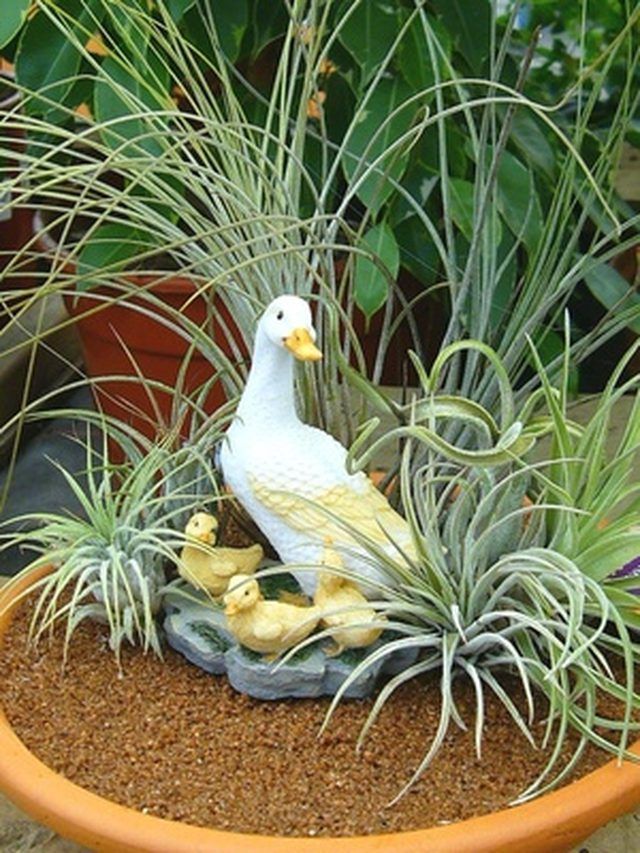Bulbs
Flower Basics
Flower Beds & Specialty Gardens
Flower Garden
Garden Furniture
Garden Gnomes
Garden Seeds
Garden Sheds
Garden Statues
Garden Tools & Supplies
Gardening Basics
Green & Organic
Groundcovers & Vines
Growing Annuals
Growing Basil
Growing Beans
Growing Berries
Growing Blueberries
Growing Cactus
Growing Corn
Growing Cotton
Growing Edibles
Growing Flowers
Growing Garlic
Growing Grapes
Growing Grass
Growing Herbs
Growing Jasmine
Growing Mint
Growing Mushrooms
Orchids
Growing Peanuts
Growing Perennials
Growing Plants
Growing Rosemary
Growing Roses
Growing Strawberries
Growing Sunflowers
Growing Thyme
Growing Tomatoes
Growing Tulips
Growing Vegetables
Herb Basics
Herb Garden
Indoor Growing
Landscaping Basics
Landscaping Patios
Landscaping Plants
Landscaping Shrubs
Landscaping Trees
Landscaping Walks & Pathways
Lawn Basics
Lawn Maintenance
Lawn Mowers
Lawn Ornaments
Lawn Planting
Lawn Tools
Outdoor Growing
Overall Landscape Planning
Pests, Weeds & Problems
Plant Basics
Rock Garden
Rose Garden
Shrubs
Soil
Specialty Gardens
Trees
Vegetable Garden
Yard Maintenance
How to Mount Air Plants
How to Mount Air Plants. Air plants are an interesting and unusual variety of plant in the bromeliad family, which includes the pineapple. Unlike mistletoe or moss, air plants are not parasites; and although they have roots, the roots are used for anchoring rather than for getting their nutrients from the host plant. Air plants, commonly called...

Air plants are an interesting and unusual variety of plant in the bromeliad family, which includes the pineapple. Unlike mistletoe or moss, air plants are not parasites; and although they have roots, the roots are used for anchoring rather than for getting their nutrients from the host plant. Air plants, commonly called Tillandsia, get all of their water and nutrient requirements from absorption through their leaves, not their roots, so they can literally grow just about anywhere you can imagine, as long as their feet aren't in water. Air plants can be grown indoors or outdoors, and mounted to almost anything, as long as attention to some basic care is followed.
Things You'll Need
Air plant
Scissors
Hot glue gun
Non-copper wire
Mist sprayer
Remove all dead, dry or brown leaves from your air plant. Cut back any dead or brown tips until all that is left is healthy green growth.
Trim back any unsightly roots from your air plant.
Cut a length of wire that will wrap around the roots and the mounting board you've chosen. Loosely wrap the wire around the air plant stems, taking care not to wind too tightly. Wrap the wire around the mounting board until secure, but not cutting into the plant stems.
Plug in the hot glue gun and allow it to heat up. When hot, place a large dab of hot glue inside or on the object you want to mount your air plant on. Press the root ends of the air plant into the hot glue and hold firmly until the glue cools.
Mist your air plant lightly every couple of days, taking care not to over-water.
Tips & Warnings
Air plants like to be lightly misted but do not like to be wet.
Air plants can also be dry-planted by placing stems in a container or vase and filling with kitty litter.
Roots can be cut off of air plants if they are unsightly; the plants use the roots only to anchor themselves, and they will grow back quickly.
Do not locate your air plant where misting will cause water damage.
Do not plant your air plant anywhere their roots will sit in water, as they will rot and die.
Do not use copper wire to attach air plants to anything, as copper will kill the plants, and do not attach air plants to pressure-treated wood, as it contains copper.